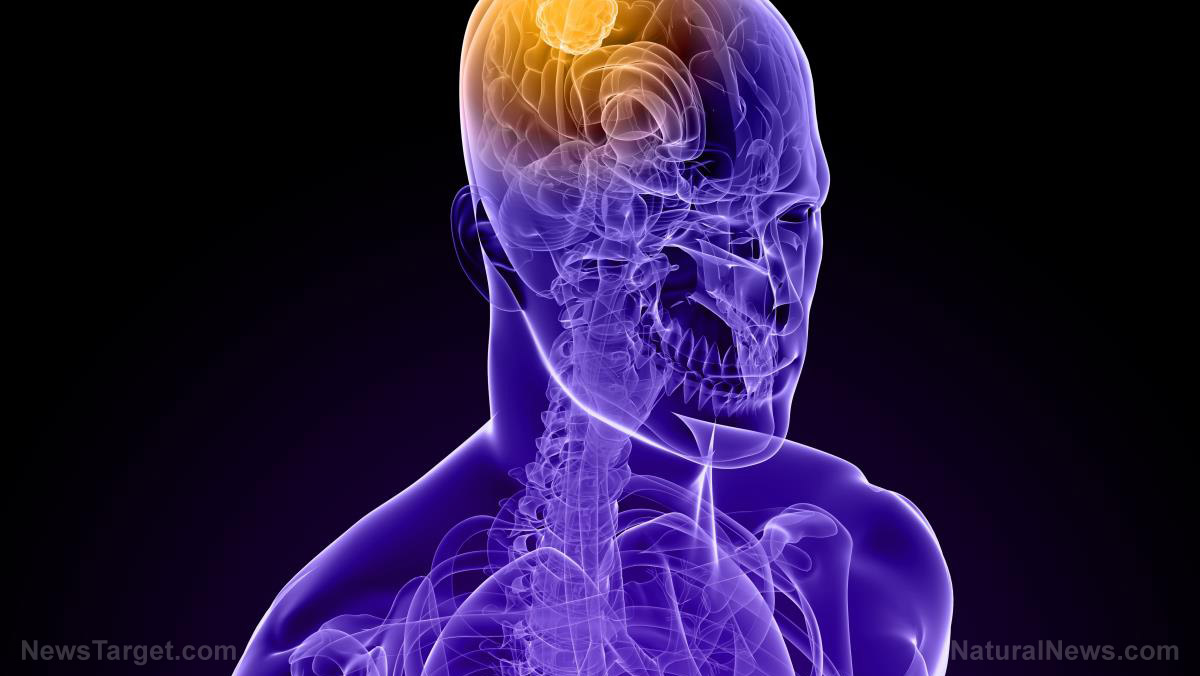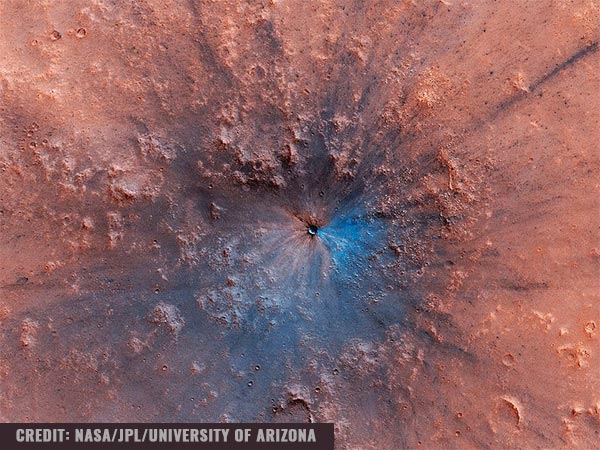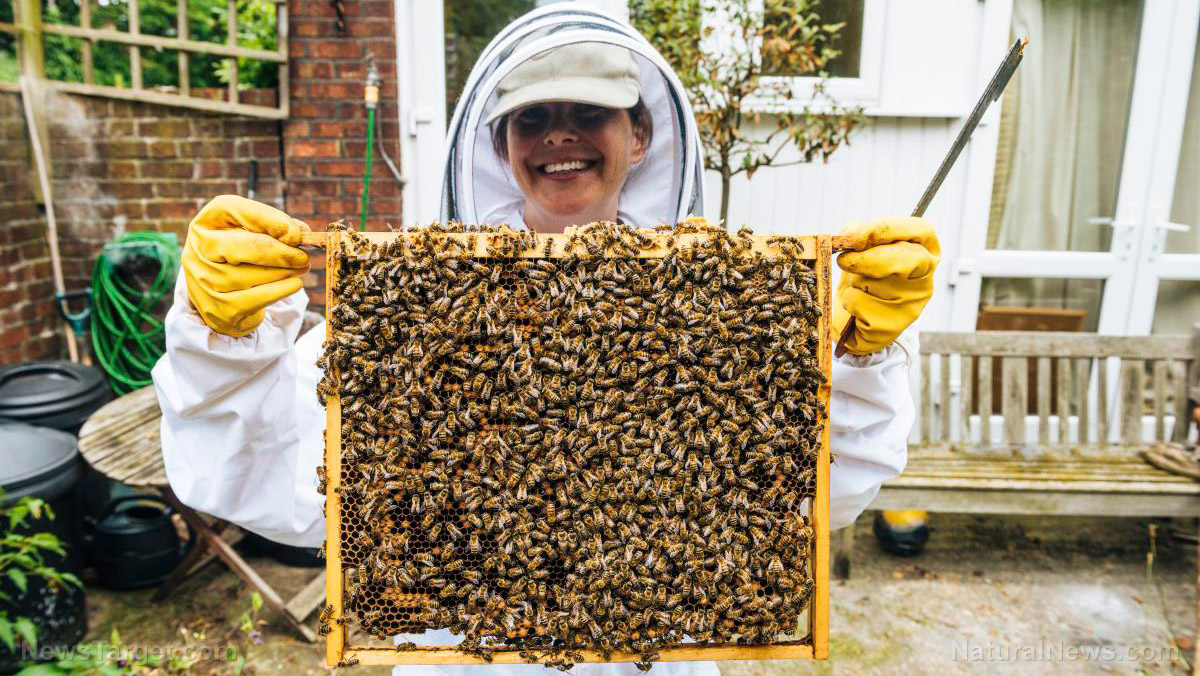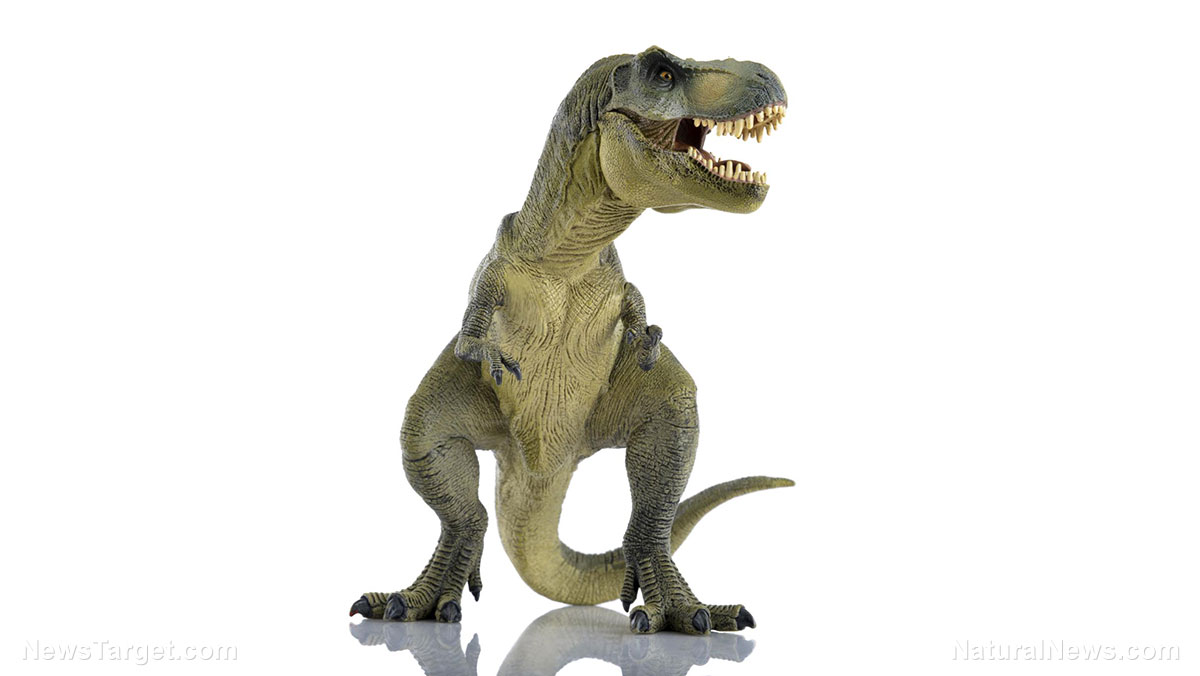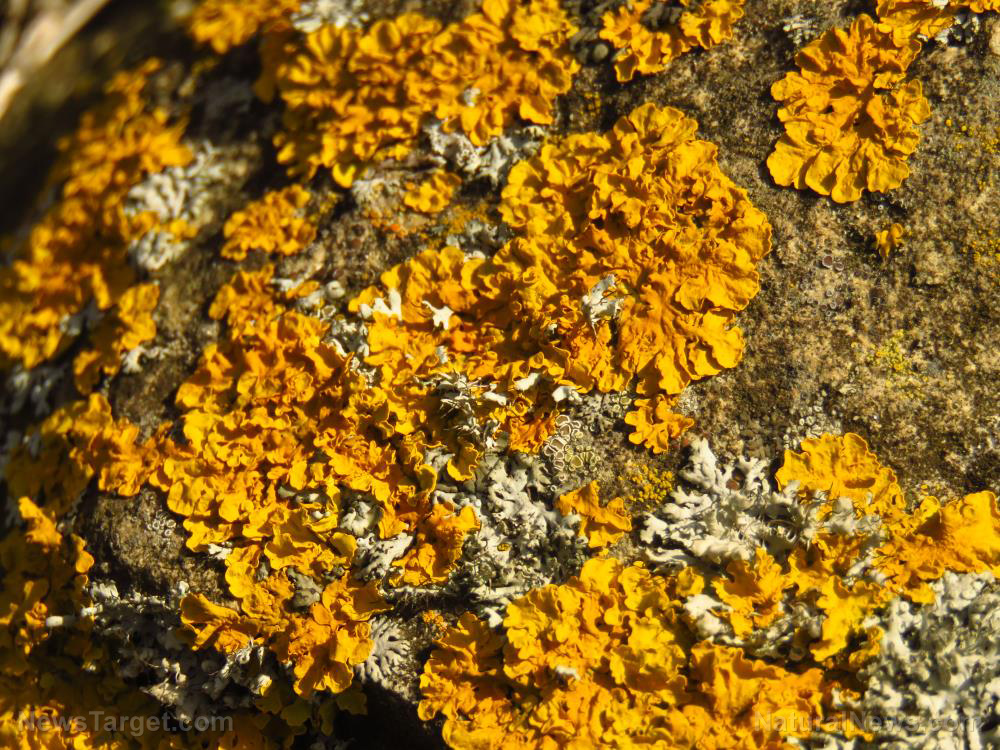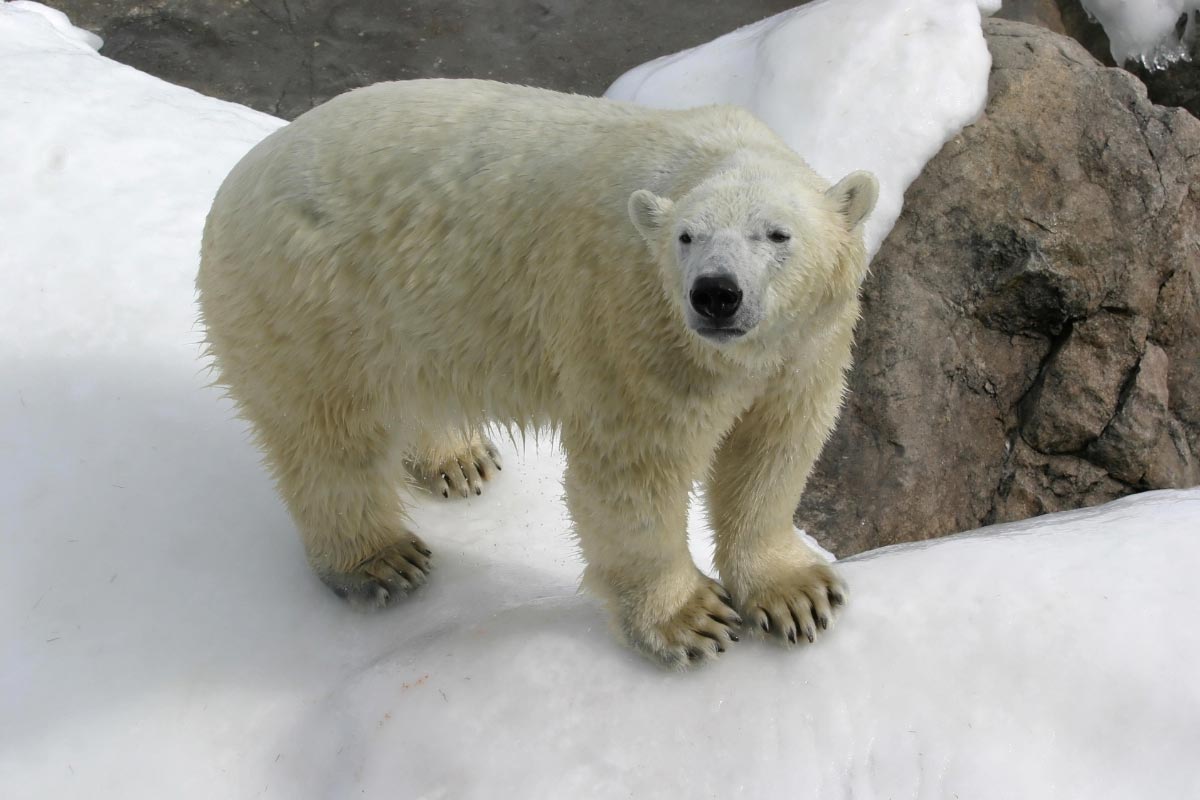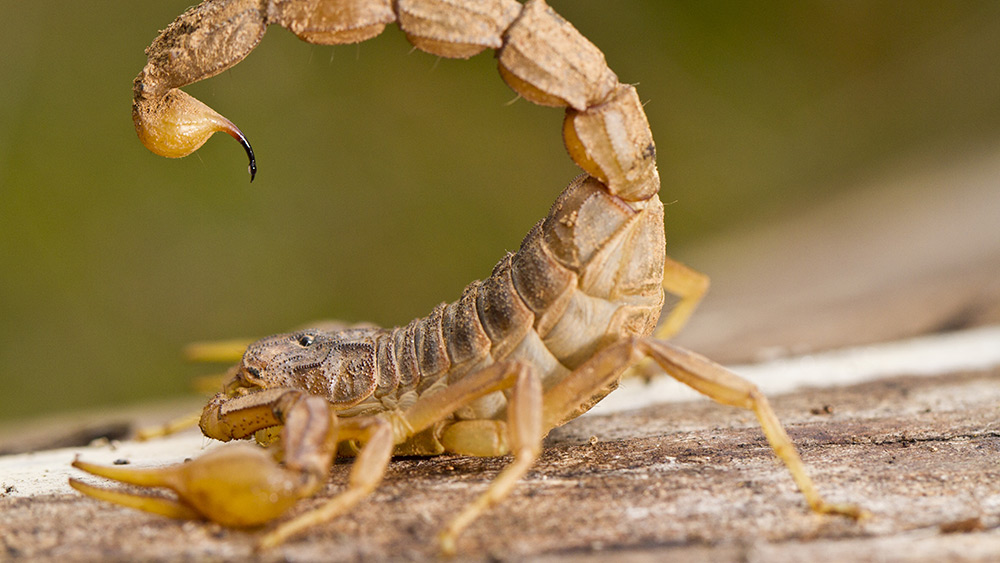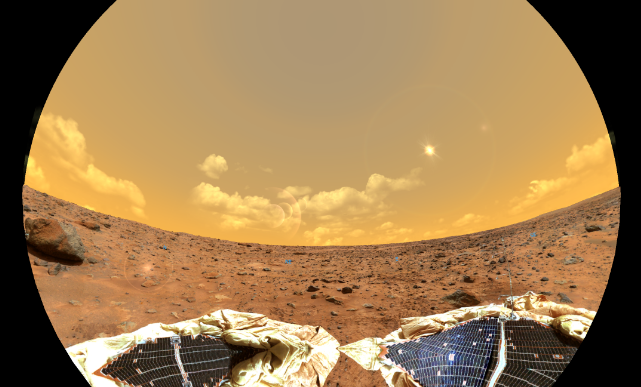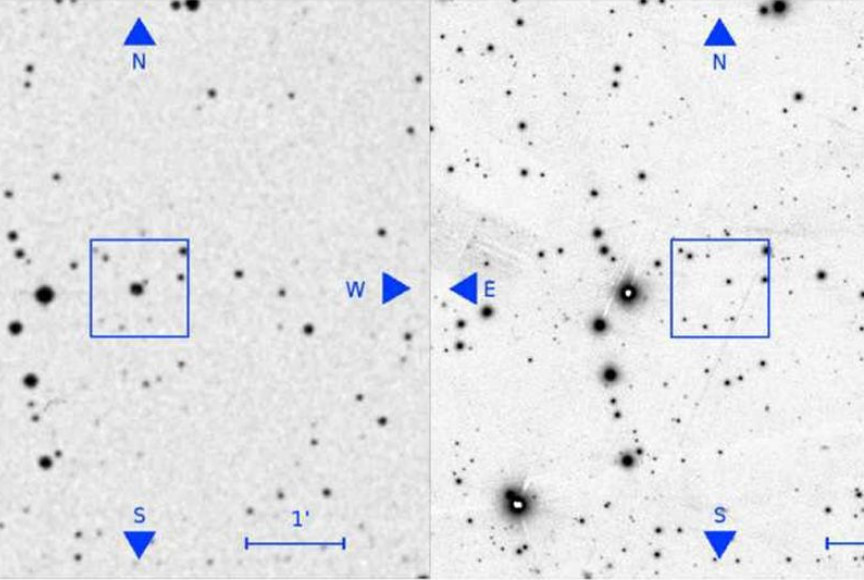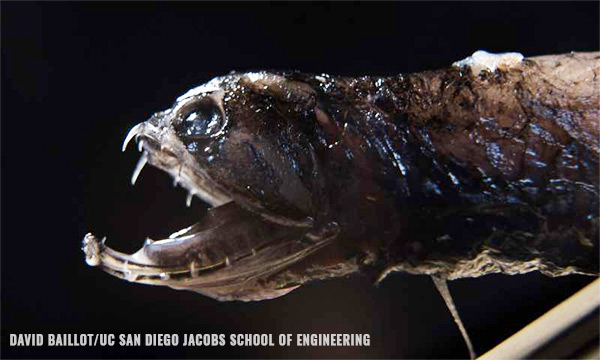Researchers discover a protein in the blood of young mice that improves cognition and lifespan in older mice
01/12/2020 / By Arsenio Toledo
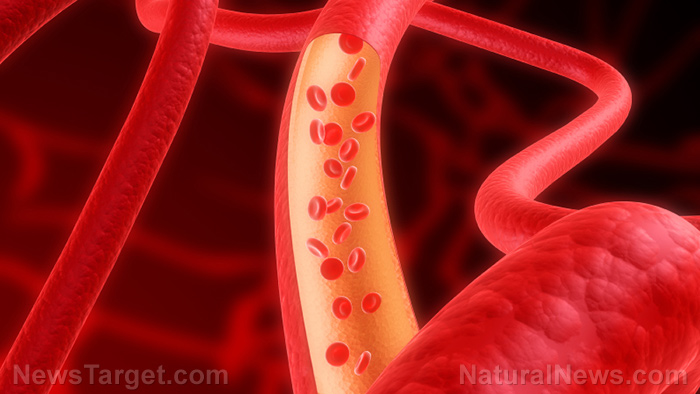
The quest for finding ways to delay aging has led scientists from the Washington University School of Medicine to a protein extracted from the blood of young mice. When injected into older mice, the protein, known as eNAMPT, could delay aging and inhibit age-related diseases in the senior rodents.
The researchers found that eNAMPT extended the lifespan of the older rodents by 16 percent. “We have found a totally new pathway towards healthy aging,” said Shin-ichiro Imai, senior author of the study, which was published in the journal Cell Metabolism. In human terms, this would be the equivalent of a 79-year old living to the age of 91.
“That we can take eNAMPT from the blood of young mice and give it to older mice and see that the older mice show marked improvements in health – including increased physical activity and better sleep – is remarkable.”
In their animal trials, Imai and his team experimented on two groups of lab mice. One group was given an oral dose of eNAMPT, while the control group received a saline solution. According to them, the differences between the groups were “dramatic.”
The mice in the control group all died within around 2.4 years. The mice who were given eNAMPT died within 2.8 years. Furthermore, the mice who were given the enzyme had improved cognitive function on memory tests, better sleep quality, ran more on their running wheels and, according to the authors, grew “thicker, shinier fur.” This suggests that eNAMPT could be directly increasing the lifespan of the mice.
eNAMPT may be the key
The enzyme eNAMPT plays a crucial role in the process cells use to create NAD, a coenzyme found in all living cells and a crucial component in energy production.
“We think the body has so many redundant systems to maintain proper NAD levels because it is so important,” said Imai on why NAD is such an important molecule for the body. He said that the studies suggest NAD governs how long people live and how healthy people can remain as they grow older.
“Since we know that NAD inevitably declines with age, whether in worms, fruit flies, mice or people, many researchers are interested in finding anti-aging interventions that might maintain NAD levels as we get older.”
In Imai and his team’s research, keeping eNAMPT levels high were able to sustain NAD levels. When both remain high, it’s possible that many of the side effects of aging can be delayed. (Related: Longevity science: Study reveals benefits of nutraceuticals and the Mediterranean diet when it comes to improving lifespan.)
Longer life may be within reach
Imai and his team believe that the reason aging speeds up when eNAMPT levels decline has to do with the hypothalamus, a region of the brain that plays an important role in releasing hormones, regulating body temperature and controlling social behavior, among others. Recently, other studies have found that the hypothalamus also has a hand in the body’s aging process. As levels of eNAMPT decrease during aging, researchers believe that the hypothalamus ceases to function at peak efficiency, shortening lifespans.
The research team recommends that future studies look into whether low levels of eNAMPT are associated with the arrival of diseases in older humans and whether this essential protein can be a viable ingredient in anti-aging treatment.
The findings from this study, at the very least, look promising because they open avenues to more research into anti-aging interventions. If eNAMPT could be harnessed safely, longer life may just be one blood transfusion away.
Sources include:
Tagged Under: aging, anti-aging, blood, elderly, eNAMPT, long life, longevity, longevity science, NAD, old age, protein, research, seniors
RECENT NEWS & ARTICLES
COPYRIGHT © 2017 DISCOVERIES NEWS


